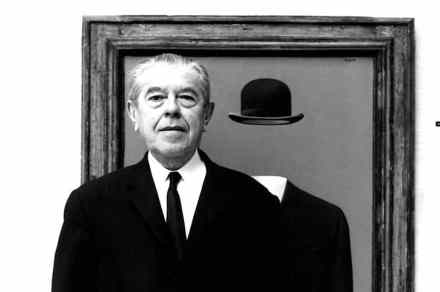Could anyone be trusted in Tudor and Stuart England?
‘Spies, you are lights in state, but of base stuff,/ Who, when you’ve burnt yourselves down to the snuff,/ Stink, and are thrown away.’ Ben Jonson likened his fellow secret agents to a tallow candle: a grotty necessity, to be discarded without regret. Who now remembers Arthur Gregory, and his ‘admirable art of forcing the seal of a letter; yet so invisibly, that it still appeared a virgin to the exactest beholder’? Or the scrivener Peter Bales, so dainty with his quill that he could forge any handwriting, and who touted at Elizabeth I’s court the Renaissance equivalent of microfilm, a script so minuscule that he could fit the Lord’s



